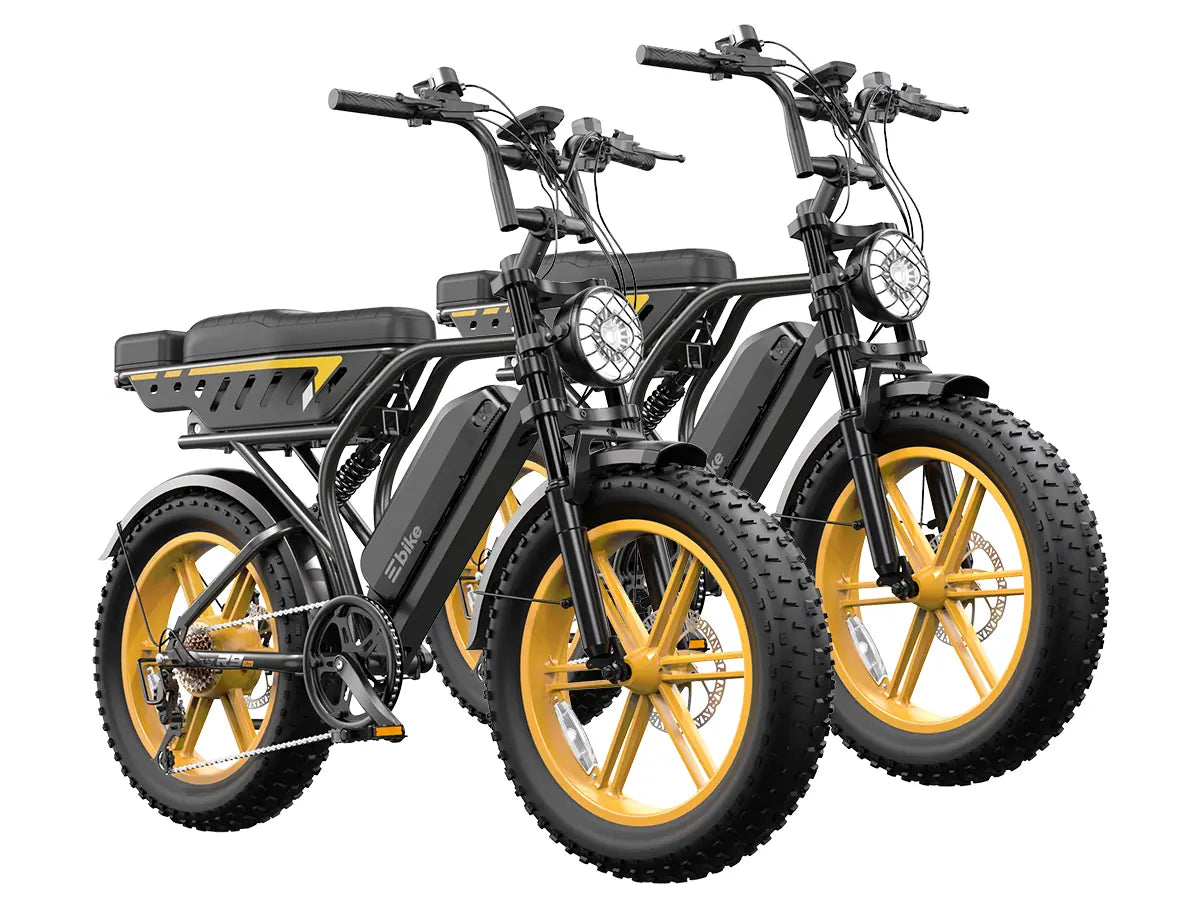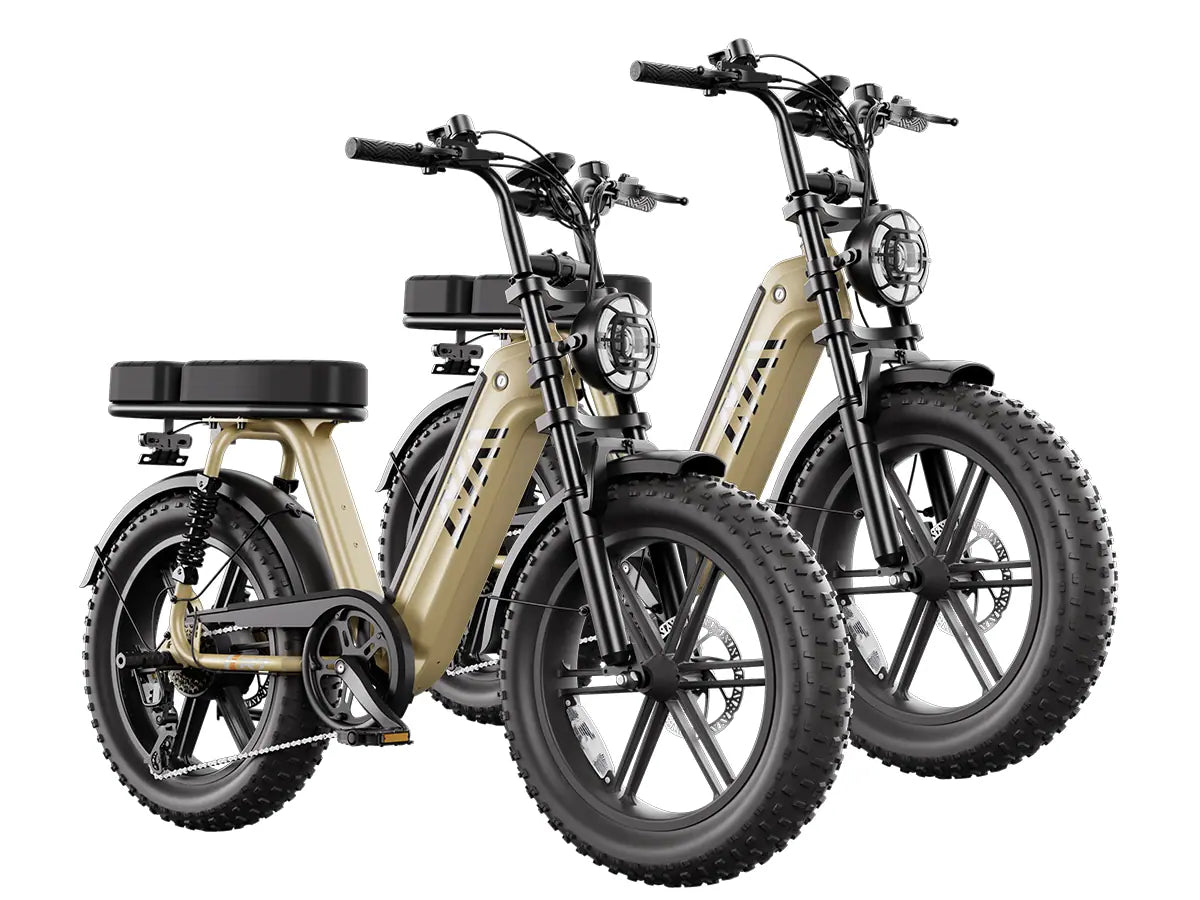Class 3 electric bikes offer pedal-assist speeds up to 28 mph, ideal for longer commutes and matching urban traffic. They provide powerful motors to handle hills and cargo, extended battery range, and efficient travel time. Users must comply with age, helmet, and local riding regulations, making Class 3 bikes a practical and fast option for many riders.
What Are the Distinct Features of Class 3 Electric Bikes?
Class 3 e-bikes differ from other classes by their maximum pedal-assist speed of 28 mph, making them the fastest legally motor-assisted bikes. Typically, they provide robust motors with high torque, larger battery capacities for extended range, and often include advanced features like hydraulic brakes and integrated lighting to support higher speeds and heavier use cases.
How Do Class 3 E-Bikes Enhance Efficiency and Speed in Commuting?
By enabling riders to sustain speeds up to 28 mph, Class 3 e-bikes reduce travel times significantly compared to traditional or lower-class e-bikes. This speed advantage helps riders keep pace with vehicular traffic in urban areas, facilitating quicker commutes and better integration into mixed traffic environments, especially for medium to long distances.
Why Are Safety and Legal Regulations Important for Class 3 E-Bike Riders?
Safety considerations include mandatory helmet use (usually for riders 16 or 17 and older) and compliance with local regulations that may restrict Class 3 e-bikes from bike lanes, sidewalks, or multi-use paths. These rules help ensure rider safety and public awareness, as the higher speed capabilities increase potential risks compared to slower e-bike classes.
What Factors Affect the Range and Power of Class 3 Electric Bikes?
Range depends heavily on battery capacity and power consumption, which increases with higher speeds and extra load such as hills or cargo. Larger batteries improve range but add weight. Motor power, often from 500W to over 750W, balances efficiency with climbing and acceleration needs. Terrain, rider weight, and speed settings also influence performance metrics.
Chart: How Battery Capacity and Motor Power Affect Class 3 E-Bike Range
| Battery Capacity (Wh) | Motor Power (W) | Typical Range (Miles) |
|---|---|---|
| 500–700 | 500–750 | 30–50 |
| 700+ | 750+ | 50+ |
Where Can You Legally Ride a Class 3 E-Bike?
Class 3 e-bikes are generally permitted on roads and bike lanes designed for faster traffic but are often restricted from multi-use paths and sidewalks. Regulations vary by city and state, so riders must confirm local ordinances, with some areas requiring registration or age limits to ensure appropriate usage aligned with safety standards.
How Do Rider Age and Helmet Requirements Impact Class 3 E-Bike Use?
Most jurisdictions require riders to be at least 16 or 17 years old to operate Class 3 e-bikes and mandate helmet use regardless of age. These requirements help maintain rider safety due to the increased speeds and power of Class 3 models. Compliance is essential for legal riding and often affects insurance and liability considerations.
What Are the Buying Tips for Choosing Class 3 E-Bikes, Including 26- and 27-Inch Models?
When purchasing, prioritize battery capacity and motor power appropriate to your commute length and terrain. TST EBike offers 26-inch models suited for rugged conditions like snow and sand and 27-inch models optimized for urban commuting and mountain biking. Assess frame durability, brake quality, and ergonomic features. Also, check local regulations to select compliant models designed for safe, efficient riding.
TST EBike Expert Views on the Growing Popularity and Benefits of Class 3 E-Bikes
“TST EBike views Class 3 electric bikes as an optimal solution for riders who demand speed, power, and range for their daily commutes and recreational activities. Our 26- and 27-inch platforms balance ruggedness and smooth rolling suited for diverse environments. The capability to reach 28 mph with motor assist, combined with enhanced safety components, marks a new era in urban mobility that is fast, efficient, and practical,” states a senior TST EBike product engineer.
Frequently Asked Questions About Class 3 Electric Bikes
Q: What speed can Class 3 e-bikes reach?
A: They provide pedal-assist up to 28 mph, faster than Class 1 and Class 2 models.
Q: Are helmets mandatory for Class 3 e-bike riders?
A: Yes, helmet use is typically required for riders aged 16 or older.
Q: Can Class 3 e-bikes be ridden on bike paths?
A: Often they are restricted to roads and bike lanes, with limited access to multi-use paths.
Q: How does battery size affect Class 3 e-bike range?
A: Larger batteries extend range but may increase bike weight and charging time.
Q: What makes Class 3 e-bikes suitable for longer commutes?
A: Their higher speed, powerful motors, and enhanced battery capacity allow faster, farther rides.




























Leave a comment
This site is protected by hCaptcha and the hCaptcha Privacy Policy and Terms of Service apply.